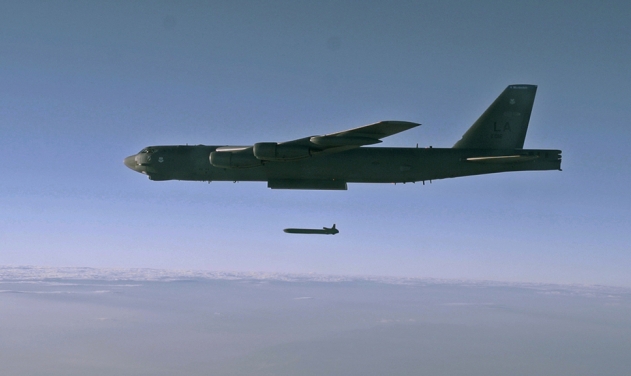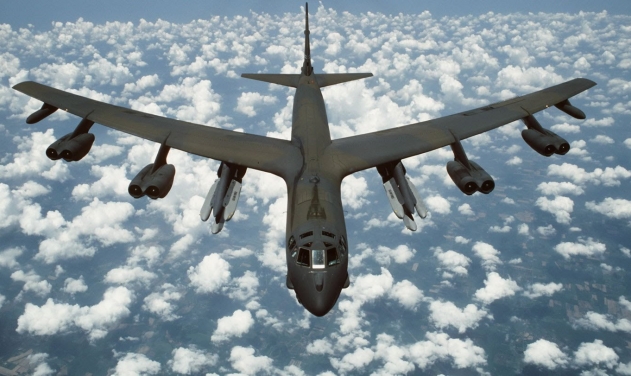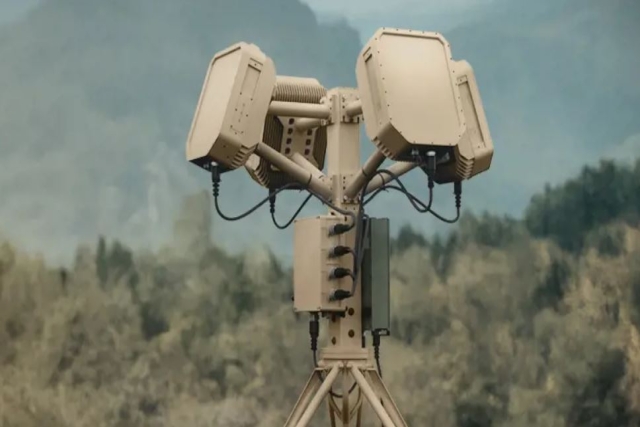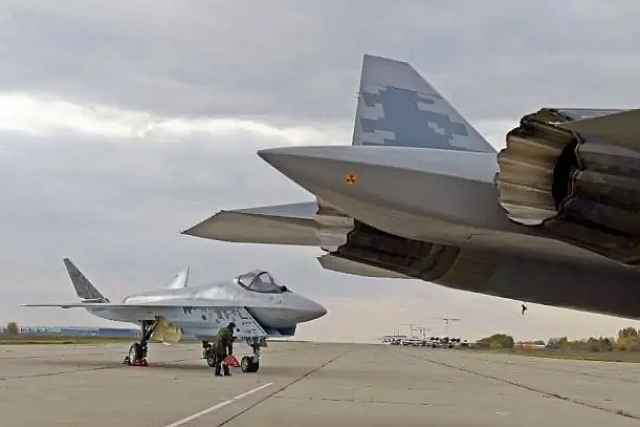US Military Drops Leaflet Bombs to Test B-52 Bombers’ Ability

The US military has successfully dropped eight PDU-5/B leaflet bombs from B-52 Stratofortress bombers’ to test its ability to drop the bomb from its external hardpoints.
The 419th Flight Test Squadron recently completed two successful sorties where a B-52 released eight PDU-5/B leaflet bombs over the Point Mugu Sea Test Range and eight more over the Precision Impact Range Area on Edwards Air Force Base, USAF said in a statement Wednesday.
“We are primarily looking to see safe separation from the external Heavy Stores Adapter Beam,” said Kevin Thorn, a 419th FLTS B-52 Stratofortress air vehicle manager. “We are ensuring that the bombs do not contact the aircraft, and/or each other, creating an unsafe condition. Additionally we are tracking the reliability of the bomb functioning.”
The PDU-5/B is a new-use or variant of an older Cluster Bomb Unit. The original designation for the weapon was the MK-20 Rockeye II, SUU-76B/B, and/or CBU-99/100. The designator changes depending on the type of filler used in the bomb, said Thorn. Having leaflets as a filler designates the bomb as a PDU-5/B.
According to the Air Force, PDU-5/B canisters can deliver about 60,000 leaflets and were deployed in Operation Iraqi Freedom before any Air Force munitions began hitting targets in Baghdad.
The dispenser bomb can be dropped from helicopters and fighter jets, and now the 419th FTS is trying to see if the B-52 fleet can be used as well.
“The PDU-5/B is just another tool that the B-52 uses in its vast and reliable tool box,” said Earl Johnson, the B-52 PDU-5/B project manager. “Without the capability to carry PDU-5s on the B-52 aircraft, the impending shortfall on leaflet dispersal capability will jeopardize Air Force Central Command information operations."
Johnson said testing the PDU-5/B on the B-52 is complete for now. The program is forecasted to return at a future date to test PDU-5/B releases from the B-52’s internal weapons bay.













